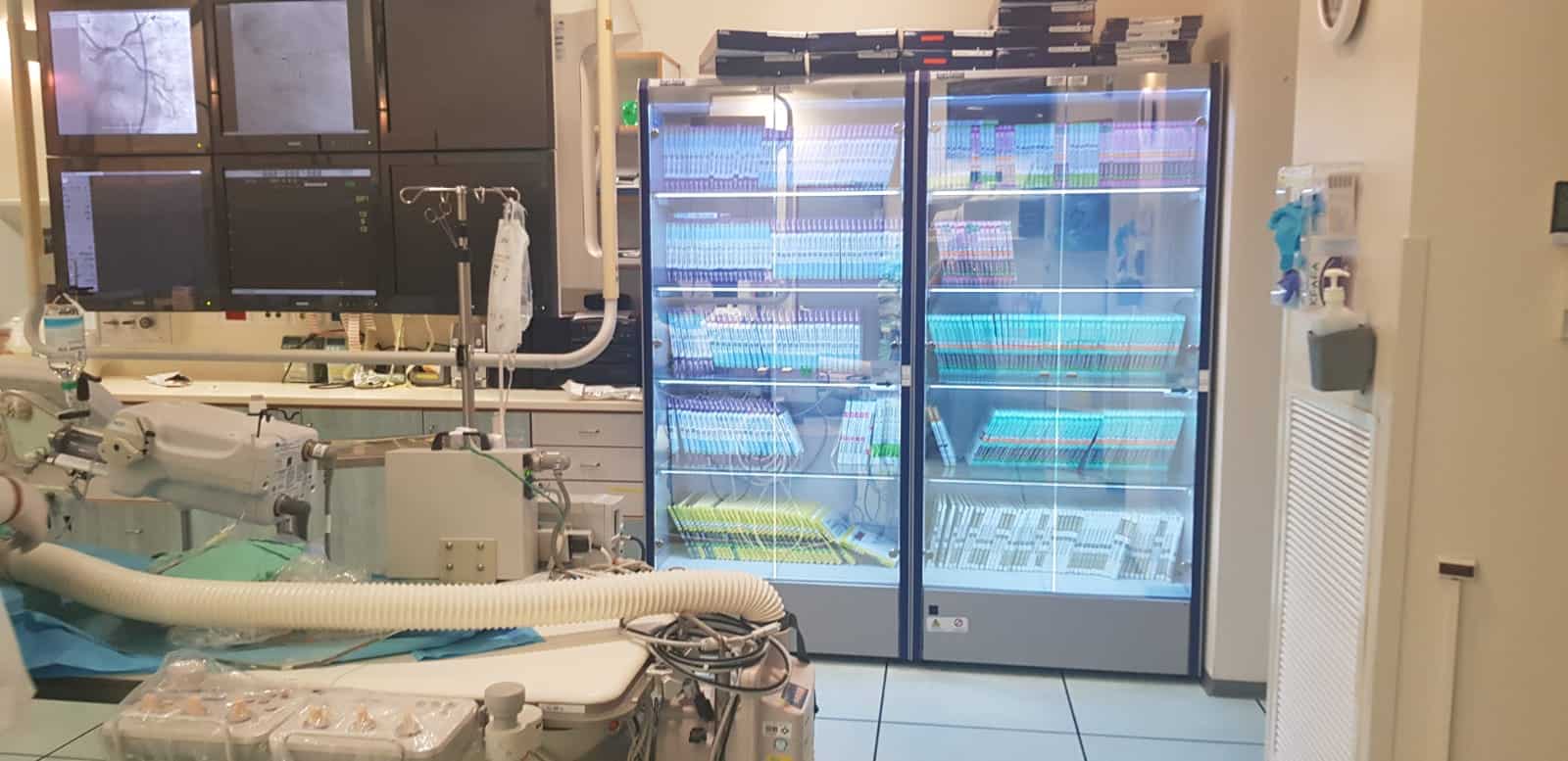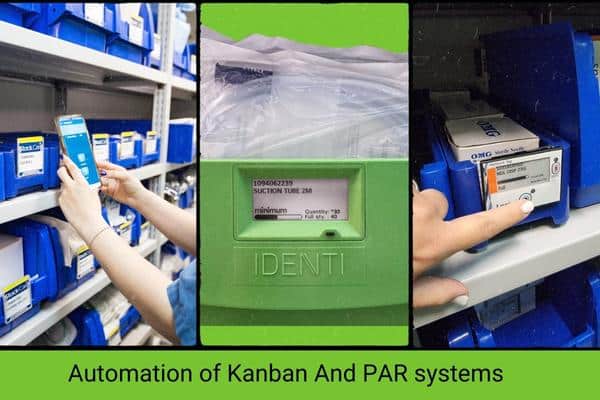What’s inside:
Rising healthcare costs are causing US hospitals and surgical centers to operate with negative margins.
Read this article to discover:
- The current financial environment for US healthcare organizations
- How improved control of medical inventory can help offset rising medical supply chain expenses
- The tools that can help healthcare providers to gain contol of their medical inventory and achieve cost savings.
It’s been a tough year for healthcare providers.
2022 has seen the continuation of two major financial challenges:
- Labor shortages that have triggered additional costs, such as pay increases and recruitment incentives
- Supply chain disruptions, accompanied by spiraling costs. 71% of hospitals report supply chain disruptions in 2022 and 58% have had product availability issues.
In 2020 the American Hospital Association∗¹ identified that, after payroll costs, hospital medical supplies were the highest expenditure, representing between 14% and 40% of a hospital’s annual costs, (the percentage rises for hospitals with a higher case mix).
The October 2023 Kaufman Hall Flash Hospital Report∗² stated that 2022 presented healthcare providers with the greatest number of financial challenges since the pandemic. The latest November 2023 Kaufman Hall Report∗³, states that the cumulative effect of months of poor performance, “could signal continued difficulties for hospitals in the near future.”
There is no choice but to take action, and the consensus seems to be that adding efficiencies to the medical supply chain has the potential to wield the most immediate, and highest, financial returns.
Regaining control of hospital medical inventory
With hospital medical supplies continuing to provide both financial and management challenges, what can healthcare providers do to regain control of their second largest item of expenditure?
Many hospitals and surgery centers are yet to realize the impact of integrating technology into the medical supply chain, and this is a lost opportunity.
There is a lot of potential for technology to support healthcare providers to:
- Reduce inventory management costs
- Reduce medical supplies’ wastage
- Boost surgical revenue
- Benefit from meaningful data insights
If hospitals and surgery centers can gain control of their medical inventory, this can have a massive 7-digit savings potential – providing a great way to offset their current expense woes.
Three automated tools to help gain control of hospital medical inventory
Let’s take a look at three easy-to-implement tools that can have a massive impact on gaining control of medical inventory.
RFID Smart Cabinets
The best RFID Cabinets for high value medical supplies, such as medical devices and implants, provide real-time stock visibility and control, and generate expiry/recall management reports that put an end of expiry wastage and boost patient safety.
Another advantage is that a smart cabinet can facilitate the full transparency and trust that underpins the commencement of consignment arrangements with vendors – so that a pay-per-use system can commence – a great relief in these difficult financial times.

Automated Kanban and PAR systems
Kanban and PAR systems are common in hospitals across the US, but many of these still operate manually – resulting in time-consuming, labor-intensive stock counts, and inaccurate data collection that fuels a bloated inventory and supplies’ wastage, as well as surpluses and stock-outs.
Did you know that these days there is no need to make extreme changes to hospital supplies’ spaces in order to achieve an automated Kanban and/or PAR system? There are now options on the market that enable healthcare providers to go digital without switching bins, changing room layout or having to find space for a cumbersome plug-in wall unit.
Healthcare managers may be interested to learn how to digitalize their current hospital Kanban and PAR systems so that they can benefit from full inventory vision, accurate, automated restocks and inventory data reports.

Point of use data capture
When it comes to the point of care, nurses are responsible for the tracking and documenting of medical supplies, as materials management cannot cross the ‘red line’.
Perioperative software for data capture is often inefficient, being unable to collect full data on some items and not recognizing other’s when they are scanned or keyed in.
New computer vision technology is proving to be a game changer and provides a quick and effective surgical data capture solution. Advances technology, including AI and ML, takes the pressure away from busy nurses by automating item identification and documentation. The result is the quick, full and accurate documentation of medical devices, implants and consumables used in surgery.

The benefits of gaining control of medical inventory
Finding the right surgical supplies’ data capture solutions will ensure the seamless integration of new automated inventory management tools with existing hospital systems – enabling then to capture and share collected item and charge data with the relevant ERP, EMR or MMIS system.
The combination of accurate medical inventory visibility and control, plus the benefit of full and accurate data insights, can have a powerful effect on both the costs, management and reimbursement levels of medical supplies.
It’s time to leverage healthcare technology in the fightback against the rising cost of healthcare medical supplies.
Contact us to find out more about our cost-busting solutions or to arrange a demo.
*1 Hospital Supply Expenses: An Important Ingredient in Health Services Research – PubMed (nih.gov)
∗² 2022 State of Healthcare Performance Improvement Report | Kaufman Hall
∗³ Kaufman Hall | National Hospital Flash Report (November 2022)






